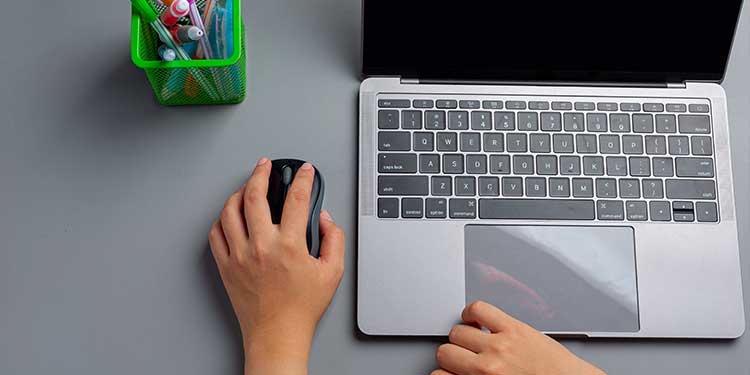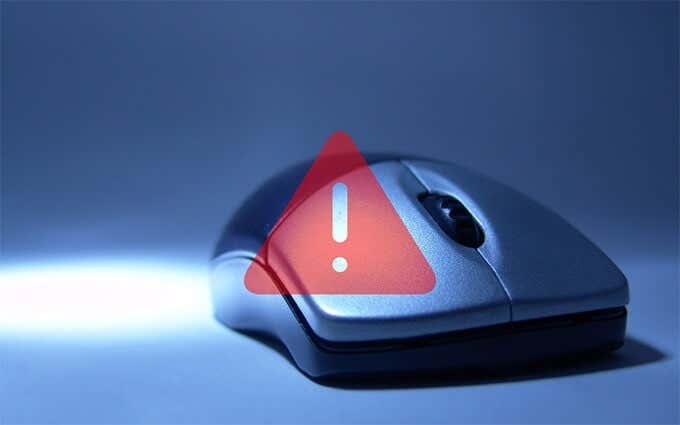Are you thinking that why USB mouse not working on Laptop?
Many individuals depend on computer mice as an integral part of their arsenal while working on a computer. It may take some research to get the ideal mouse for your needs from the numerous available options.
However, if you need help figuring out why, there are many effects you may do to determine what is wrong If you have a laptop and a USB mouse that is not working.
First, ensure your laptop has an adequately installed USB port, and the mouse is compatible with your computer. If you’re still experiencing issues, try changing the cursor speed or sensitivity settings in your laptop’s Mouse Properties menu. Get a new mouse if it quits functioning.
If you need a new mouse for your laptop but are on a tight budget, consider third-party options first. This article will address the most frequent issues with USB mice and give in-depth guidance on how to solve such issues. Say goodbye to frustration and hello to smooth scrolling!
Common causes of USB mouse problems on a laptop

Source: dummytech.com
Here are given some usual causes of USB mouse problems on a laptop:
• Broken or missing USB port:
If your laptop has a broken or missing USB port, it cannot recognize and connect to your mouse. To fix this, you must change out your laptop’s USB harborage.
• Unsupported USB mouse model:
Laptops do not support all mice. If you have a mouse not officially supported by your laptop, it may need to be fixed. Try to remedy this by obtaining a mouse compatible with your laptop or by reformatting your laptop’s hard disc.
• Invalid computer configuration:
Your computer may only detect or identify your mouse if you have correctly set it to do so. You must fit your computer’s settings to recognize and respond to the mouse.
• Out-of-range signal from the mouse:
There’s likely a communication issue, so that the mouse won’t operate. Try moving the mouse closer to the computer or lowering your laptop’s wireless signal loss settings.
• Corrupted driver:
The mouse may not signal the computer if its driver malfunction. You might try installing a new or updated mouse driver to see if it helps.
• Broken mouse cord:
If the cord connecting your mouse to your laptop is broken, you won’t be able to use your mouse. This problem can only be fixed by switching out the mouse cord.
Steps to troubleshoot USB mouse problems on a laptop

Source: technewstoday.com
If your laptop’s USB mouse isn’t functioning, try the following solutions.
1. Cross- Check the Mouse Connection: – Double-check the mouse’s connection to the laptop to ensure it works. Ensure the mouse is powered on and the “cord is plugged” in tightly.
2. Verify: – Verify that you can easily navigate the screen with the mouse. Try using a different mouse or navigating manually. Avoid using a hub or card reader, and “connect your wireless USB mouse” straight to your laptop.
3. Reset the USB Settings: – The USB settings on your computer may need to be reset. Go to your computer’s settings and choose “Mouse“. To start again wholly, use the “Reset Everything” button and proceed as instructed.
4. Try out some more equipment: – You should double-check the printer’s connection and driver installation before attempting to print. If you have another “USB drive” or flash drive, try inserting it and browsing its contents in Windows Explorer or Mac OS X Finder.
5. Switch: – Switch to a conventional keyboard layout on your laptop if you have problems navigating the mouse using common shortcuts (such as Alt+F4). The “Keyboard” option may be hidden in the” System Preferences” settings panel. To apply the variations to your keyboard layout, pick” International” from the drop-down menu coming to “Keyboard Layout,” and also click” OK.” Following that, Windows must be renewed.
6. Software Compatibility: – Make sure your software is compatible with one another. First, ensure any third-party software that relies on the mouse is installed correctly and functioning, then “troubleshoot the mouse” itself. In many cases, removing or disabling the offending program is all needed to fix a conflict.
7. Connect The Mouse to USB Port: – Switch laptop USB ports. Instead of a hub or card reader, connect the mouse to the laptop’s “USB port“.
Alternative solutions for USB mouse problems on a laptop

Source: helpdeskgeek.com
Many options exist for fixing issues with the USB mouse on your laptop. Here are some of the most common causes and how to fix them:
• Dirty or malfunctioning port
The USB port on your laptop can become dirty over time and cause problems with your mouse. To fix this, you must clean the port with a soft cloth and some soap.
• Low battery
If your mouse isn’t functioning because its battery is dead, you may use the laptop’s power cable or an external charger.
• Broken or missing USB cable
If it isn’t functioning correctly, the USB connection that links your mouse to your computer might be broken or absent. Replace the cable if it’s broken and see if that resolves the issue. If not, connect your mouse using another USB port on the laptop.
• Incorrect driver
The improper mouse driver might be the source of the problem. The proper driver may be on the laptop’s installation CD or the manufacturer’s website, so try those first.
• Problems connecting the mouse to the laptop
Check the mouse’s compatibility with your laptop before using it. Your mouse’s driver needs updating if it’s an older model.
Conclusion
Try a few things if you wonder why USB mouse not working on laptop and having issues with the USB mouse that came with your laptop. Fixing a mouse that isn’t responding might be as easy as cleaning the sensor or repositioning the wire.
Your laptop’s USB port or motherboard can be broken if it doesn’t function. You should get in touch with support if the built-in mouse on your laptop is malfunctioning.
